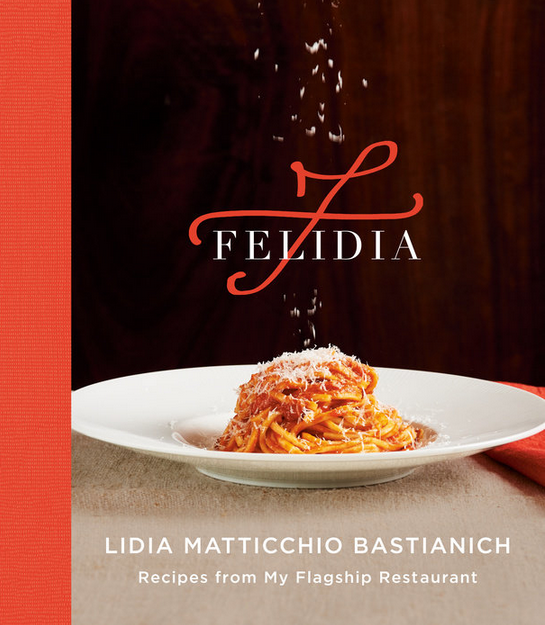Serves 25 to 30 Gnudi, Serving 6 as a First Course or 4 as a Main Dish
Notes
Think of this as a pasta dish without pasta; it’s all about the filling. The story goes that those delicious little “naked” dumplings were born in Florence when, during a meal, the ravioli that contained the filling broke, so the chef served the filling as it was, or “naked.” They were a hit then, and still are, a light and fluffy pasta dish anytime of year. In the spring, the spinach can be replaced by nettles, and often is at Felidia.
Ingredients
- Kosher salt
- 3 medium bunches spinach (about 2 pounds), stems removed
- 1 pound fresh ricotta, drained overnight
- 1 large egg, beaten
- Pinch of freshly grated nutmeg
- 1 1/2 cups freshly grated Grana Padano
- 1/4 cup fine breadcrumbs, plus more if needed
- 1/4 cup all-purpose flour, plus more for rolling
- 1 stick (8 tablespoons) unsalted butter
- 12 fresh sage leaves
- Freshly ground black pepper
Directions
Bring a large pot of salted water to a boil. Add the spinach leaves, and cook until tender, about 3 to 4 minutes. Remove to an ice bath until cold, then drain, and wring very dry in a kitchen towel or press dry in batches through a ricer. When the spinach is dry, chop it. You should have about 1 cup. Crumble the spinach into a large bowl. Discard the water from the pot, fill with clean salted water, and return the pot to a boil for the gnudi.
Add the ricotta, egg, nutmeg, and 1 teaspoon salt to the bowl. Mix to blend. Add 1/2 cup of the grated cheese, the breadcrumbs, and the flour. Mix until it’s blended and the mixture pulls off the sides and holds its shape when rolled into a ball between your lightly floured hands, but don’t overmix.
Spread some flour in a shallow bowl. Test the consistency of the dough by scooping up a heaping tablespoon, rolling it between your floured hands, then lightly roll it into the flour, forming it into a ball. Drop it into the boiling water; if it does not hold its shape and rise to the surface of the water wihin a minute, add a tablespoon or so more breadcrumbs to your dough.
When you have the right consistency, shape the dough into 1-inch balls (a heaping tablespoon), roll them lightly in flour, and lay them out on baking sheets covered in parchment paper. You should get about twenty-five to thirty pieces.
For the butter-and-sage sauce, heat the butter in a large skillet over medium heat until melted and just foaming. Gently lay the sage leaves in the pan, and heat until they crisp up, about a minute.
Ladle in 1 cup boiling pasta water; stir the sauce, and simmer for about 2 minutes, to reduce the liquid by half. Season the sauce with salt and pepper, and keep warm over very low heat while you cook the gnudi.
Drop the gnudi gently, one by one, into the boiling water, and cook for about 2 to 3 minutes, until they rise to the top and the water comes to a rolling boil. To test for doneness, scoop out on of the gnudi and press it with your finger; when cooked, the dumpling dough should bounce back, leaving no indentation.
Transfer the cooked gnudi to the sauce with a spider or slotted spoon. Toss gently to coat with the sauce. Remove the skillet from the heat, sprinkle with the remaining 1 cup of grated Grana Padano, toss gently, and serve.

